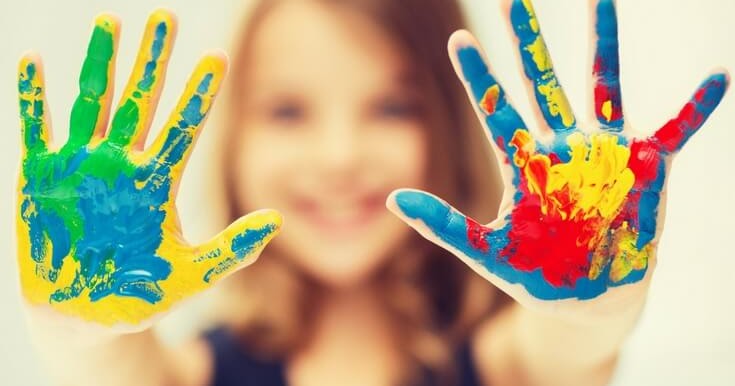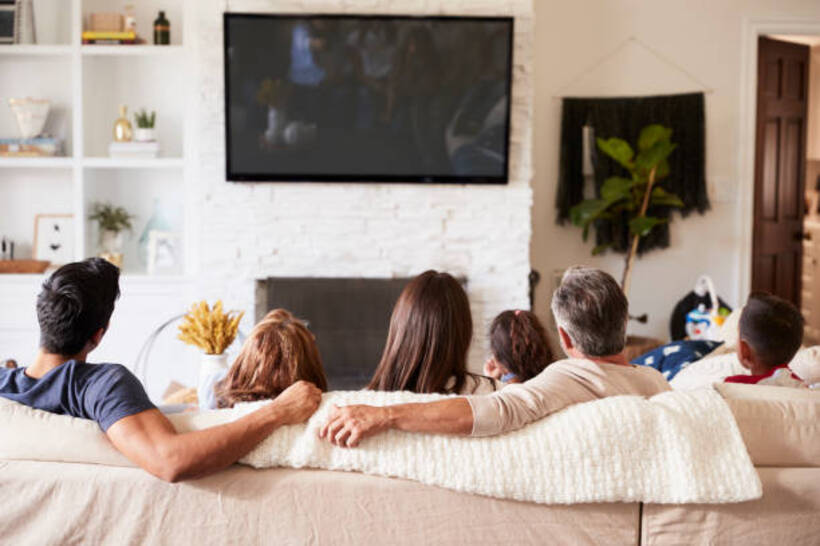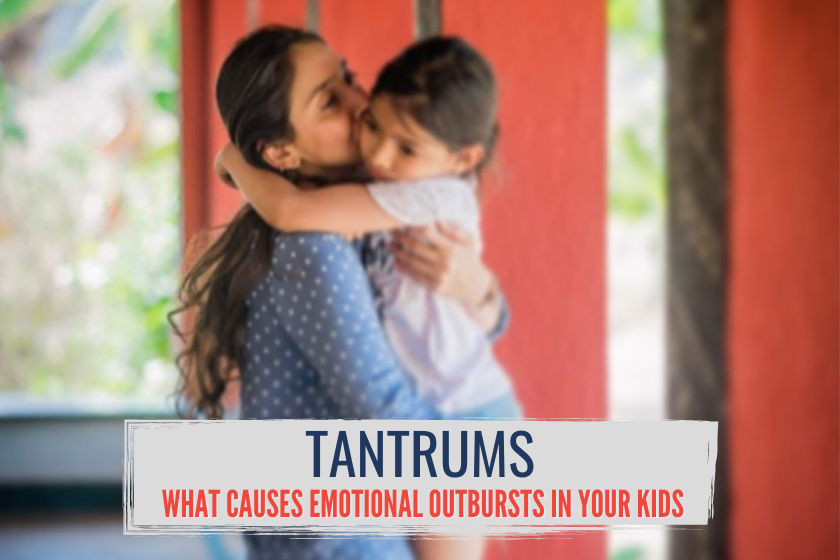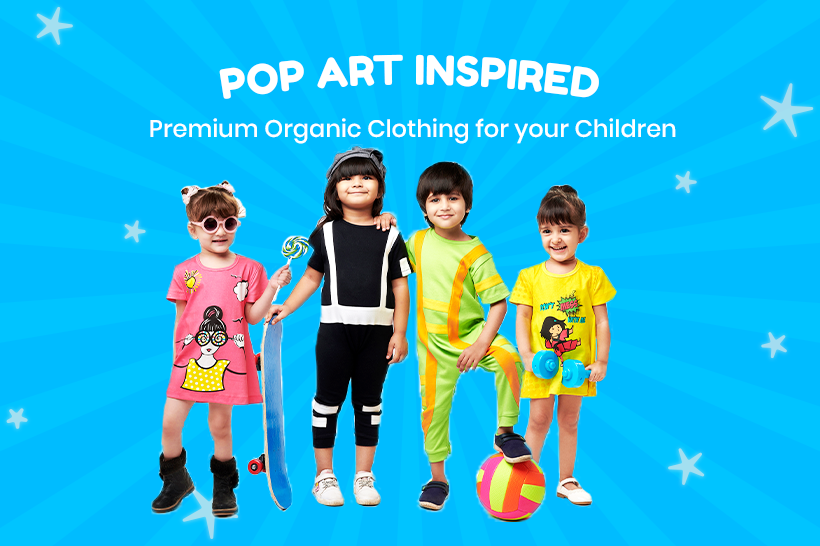“One must allow extra time for the presentation of tactile information so the child has the opportunity to touch, handle, examine, and eventually synthesize and understand information” – (Downing and Demchak, 2002)
Children have different learning preferences. Information is perceived using learning styles based on their preference. Identifying and assessing the use of different learning styles and its characteristic is very essential in making the knowledge reach out in an effective manner.
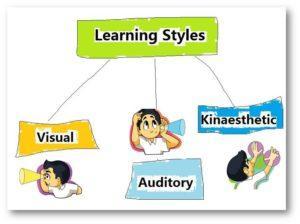
Auditory
- They are good listeners
- They love listening to lectures and seminars
- Audiobooks and classroom discussions are some of the best ways to impart knowledge
- They are master storytellers and gifted orators
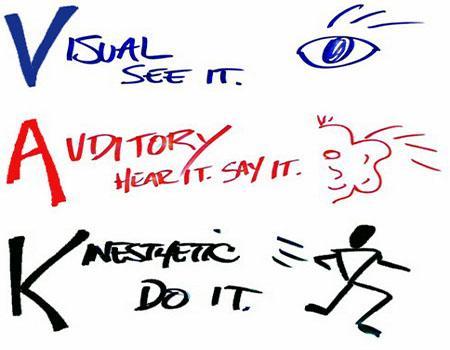
Visual
- They would like to learn using graphs, charts, maps, diagrams, video presentations and other visual aids
- Graphic organizers are often used to generate interest in these type of learners
- Strong inclination towards mental imagery and colours
Kinesthetic/Tactile
- Learn through touching and feeling over the traditional lecture-based schooling
- They love to experiment with the concepts rather reading or listening to them
- Usually good in laboratory studies, field trips or area where they are needed to be physically involved
- Exceptional motor memory and significant influence on higher-order thinking skills
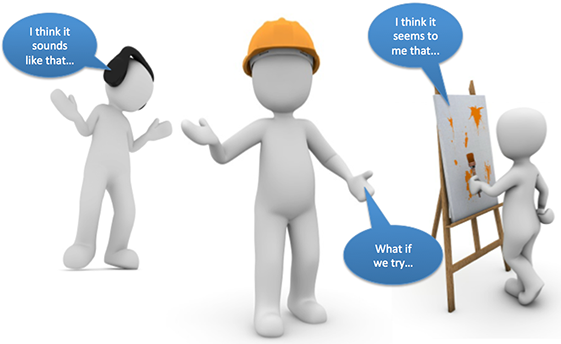
Tactile learning is a notch better than the other learning styles – How?
Kinesthetic learning is powerful because children could actually perform and see how things work. They are physically engaged during the learning process. They learn faster and all their senses are put into action. Tactile learners have great hand-eye coordination. They are equipped with uncurbing energy that flows into the activities that they perform using their physical effort and as a result of it, they outshine as compared to auditory and visual learners.
Tactile learning – a learning style in children, now more prevalent in educational organizations
Tactile learning has been accepted as a full-round development mechanism for children and also has been adopted by many educational corporations. Through this, a child not only develops its motor skills but also their gross motor skills which are very essential for their growth.
As Confucius said, ‘I hear and I forget, I see and I remember, I do and I understand’, Tactile learning lives up to the latter and its methodology is built around that.

Teaching tactile learners in a creative way
Once we know the learning methodology that these learners follow, it is mandatory to come up with creative ways which will help them ease the learning process. As education is moving towards more kinesthetic form, teachers and educators are continuously building their curriculum on these lines. Creativity in teaching and getting diverse techniques on board, help tactile learners learn effortlessly.
The different teaching strategies used to benefit them are –
- Props, crayons, and manipulatives are incorporated
- Texture oriented crafts and materials
- Stretching or changing places in between the sessions
- Paired reading, projects, role play or group study
- Task cards, Playing dress-up, Cut and paste cards
- Various other activities which involve their mind as well as body
Having said that, Tactile learning though gives hands-on experimentation for children, in making them comprehend the concept thoroughly, it also needs auditory and visual learning styles to supplement it.
As children’s mood rapidly changes, it is on us to identify their interest and mix the different styles of learning accordingly. By developing a learning strategy that matches a children’s learning style will pose a positive impact on their minds and better assimilation of subject matter in them. A child may have more than one learning style and that’s perfectly okay. So what is your child’s learning style? Have you identified it? If yes then please share with us your thoughts on it
